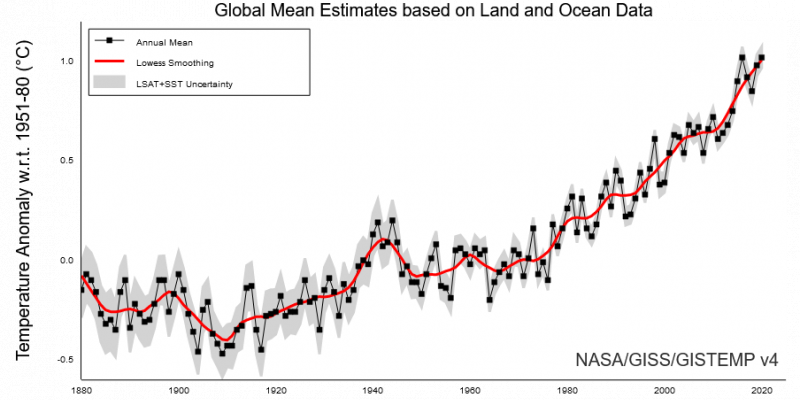WTH_Progs?
Diamond Member
- Feb 19, 2019
- 12,229
- 10,330
- 2,140
Gore was right, the left was right, we must save ourselves from this global catastrophe we've created for us.
You can really see the impact of our demise in this chart. The Sierras may see the 2nd or 3rd most snow since they began recording this in 1946.
Save us.

You can really see the impact of our demise in this chart. The Sierras may see the 2nd or 3rd most snow since they began recording this in 1946.
Save us.

